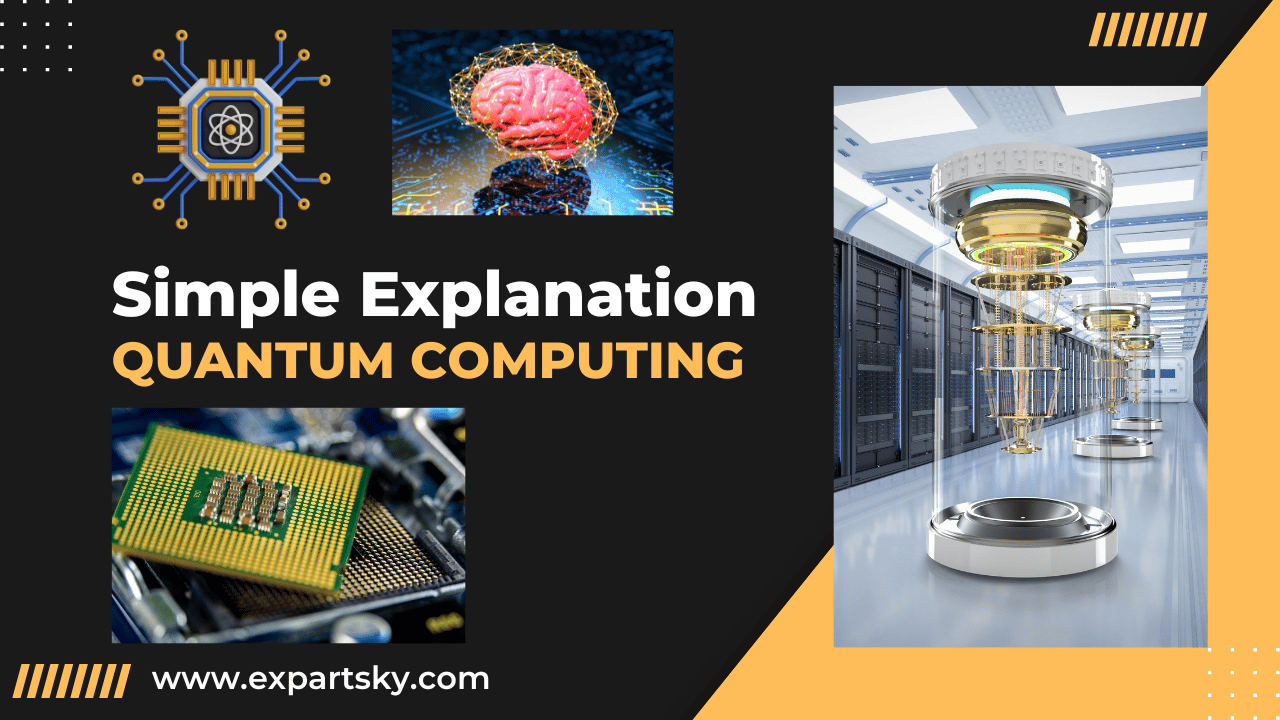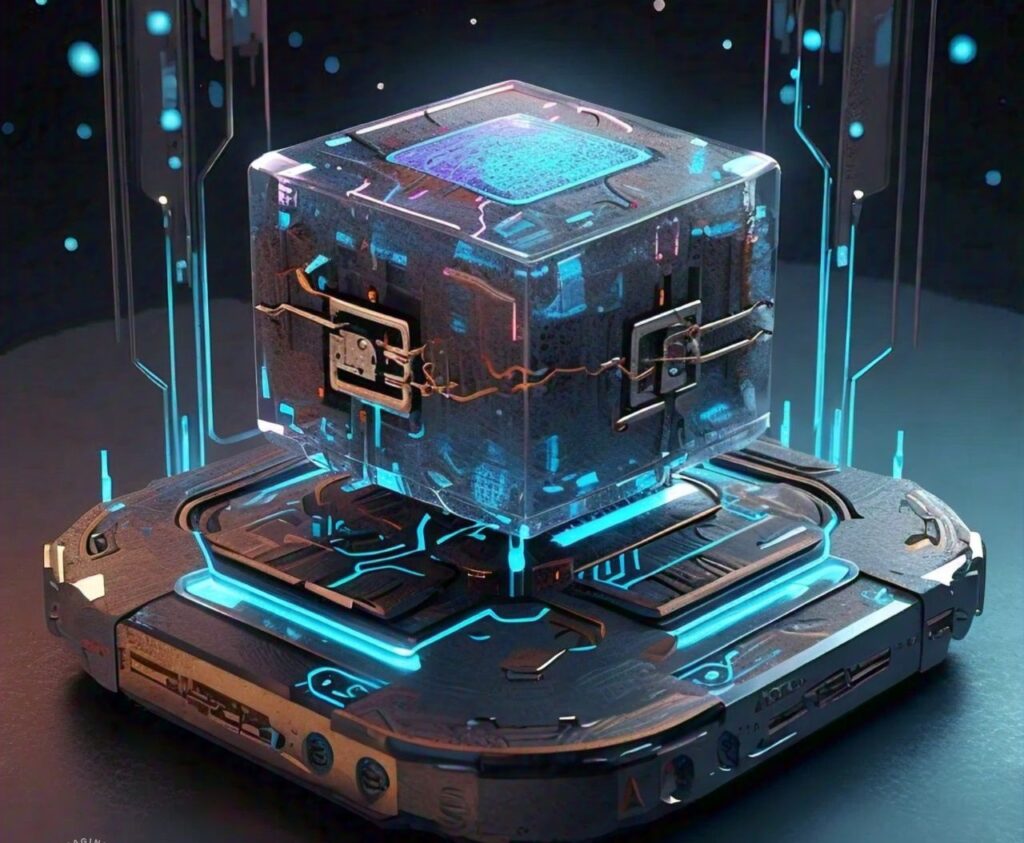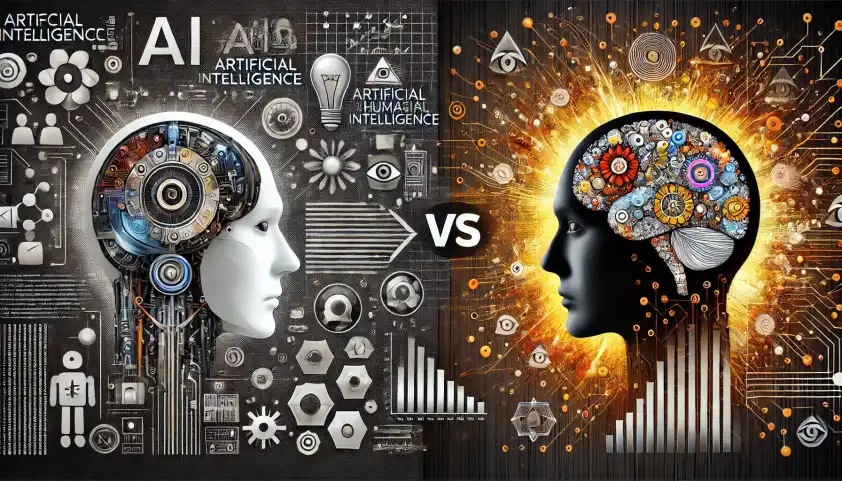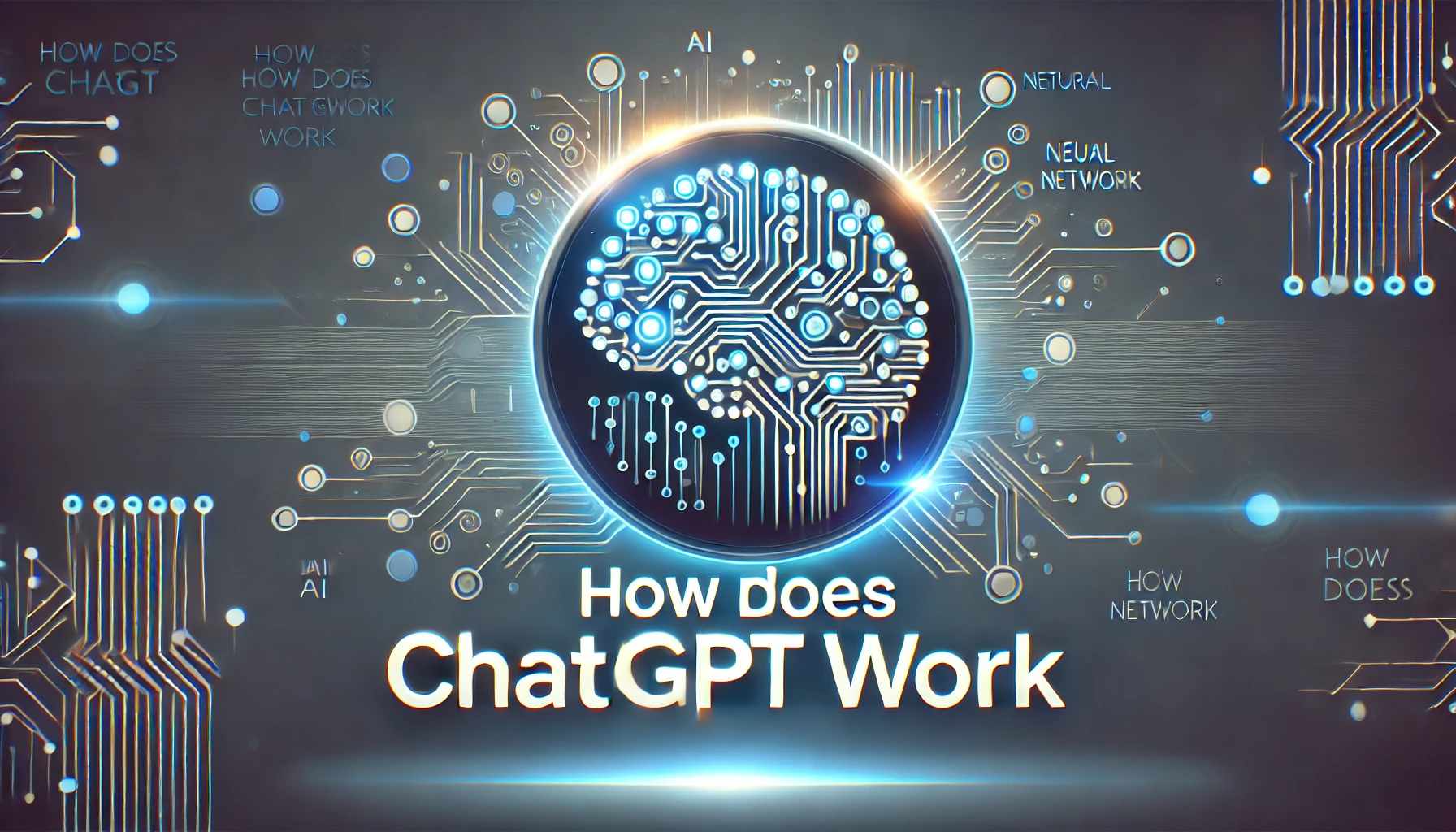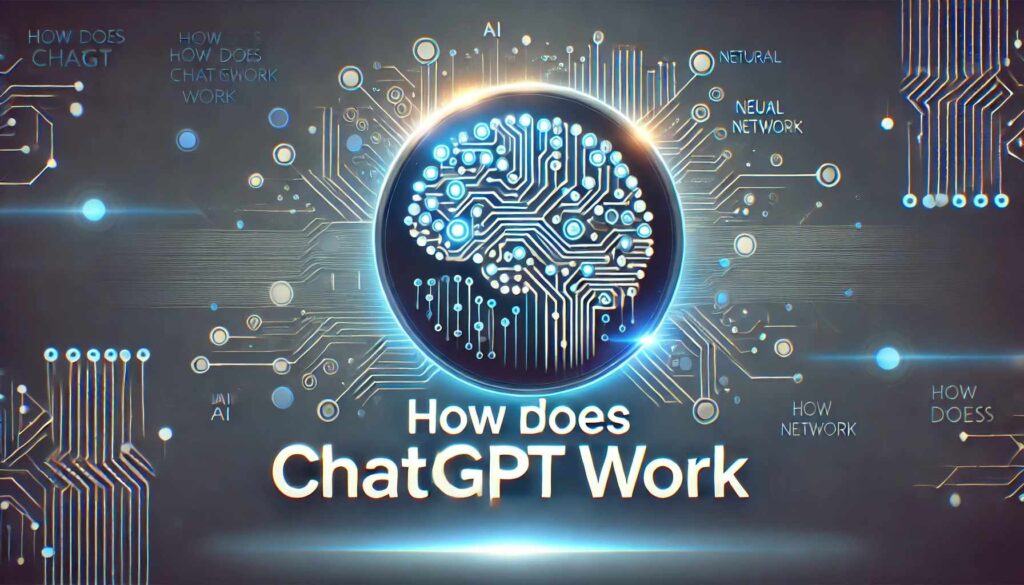Google’s quantum chip Willow is not just an incremental improvement over classical computing; it is a paradigm shift that promises to solve problems once thought impossible for classical computers. At the forefront of this technological revolution is Google’s next-generation quantum chip Willow. With this breakthrough, Google is pushing the boundaries of quantum computers, solving problems that classical computers could never solve within a practical timeframe. In this blog, we will talk in detail about the significance of Willow, its key features, and the future of quantum computing.

What Is the Google Quantum Chip Willow?
The Google Willow quantum chip represents the latest advancement in Google’s quest to harness quantum mechanics for computational power. Developed by Google Quantum AI, Willow builds on the groundbreaking work done by its predecessor, Sycamore. Sycamore demonstrated quantum supremacy by performing in just 200 seconds a task that would have taken the world’s most powerful supercomputer 10,000 years to complete.
With Willow, Google has taken the next big leap by addressing some of the most important challenges in quantum computing, particularly quantum error correction. This technology is crucial for scaling up quantum systems to achieve commercial viability. By tackling errors that have traditionally plagued quantum systems, Willow is helping to unlock the full potential of quantum circuits and quantum chips.
The Power of Google Quantum Chip Willow: How Willow Works
At the core of quantum computing are qubits, the quantum equivalents of classical bits. Unlike a classical bit that can be either 0 or 1, a quantum bit (qubit) can exist in a state of 0, 1, or both simultaneously, thanks to the principle of superposition. This property allows quantum computers to process large amounts of data in parallel, making them many times more powerful than classical computers. Willow uses this power to achieve unprecedented computational capabilities.
The next level of complexity in quantum chips is quantum circuits. Quantum circuits consist of interconnected quantum gates that control qubits to perform complex operations. These circuits rely on quantum wires to move qubits around, creating complex pathways to solve problems. Willow leverages advanced quantum circuits to deliver performance far beyond what classical processors can achieve.
Key Features and Achievements of Willow
1. Exponential Quantum Error Correction
Quantum error correction is one of the greatest challenges in quantum computing. Because qubits are highly sensitive to external interference, even the smallest disturbances can cause errors that disrupt computations. Google’s Willow chip has achieved a major breakthrough by implementing exponential error reduction. The chip uses arrays of encoded qubits arranged in 3×3, 5×5, and 7×7 formations, where the error rates decrease exponentially with each increase in qubit size. This is referred to as achieving an error rate “below threshold,” a crucial milestone in quantum error correction.
2. Achieving Real-Time Error Correction: A Breakthrough in Quantum Stability
Willow also demonstrated real-time error correction, allowing the chip to correct errors during computation. Unlike traditional quantum systems, where qubits’ performance diminishes over time, Willow’s qubits maintain their performance over longer periods, thanks to robust error correction. This achievement significantly improves the chip’s overall stability, making it a promising contender for practical, large-scale quantum systems.
3. Unleashing Unprecedented Computational Power of Quantum Chip Willow
In terms of raw computational power, Willow is unparalleled. Using the Random Circuit Sampling (RCS) benchmark, Willow performed a computation in under five minutes that would take classical supercomputers 10 septillion years (10,000,000,000,000,000,000,000,000 years). This staggering result showcases the potential of quantum computing to solve problems far beyond the capabilities of classical systems, particularly in fields like optimization problems, drug discovery, and material science.
What Sets Willow Apart: The Quantum Breakthrough Redefining Computing
Willow differentiates itself from conventional quantum chips through its integration of quantum error correction and its ability to take advantage of quantum entanglement and superposition. These quantum properties enable Willow to process data faster than classical computers, making it a powerful tool for tackling complex problems. Furthermore, Willow’s error-correction capabilities distinguish it as one of the most viable quantum chips for scalable, real-world applications. read more about chip
While traditional computers rely on binary bits (0s and 1s) to perform operations, quantum chips like Willow utilize photonic qubits and quantum silicon chips to encode quantum information. Photonic qubits are particularly significant in quantum communication systems, such as quantum key distribution (QKD), and they have the potential to revolutionize quantum networking.
The Future of Quantum Computing with Quantum Chip Willow
The applications of quantum computing, powered by Willow, are vast and varied. In fields like drug discovery, Willow could model molecular structures that classical computers cannot even approximate. In material science, it could simulate new materials with unprecedented precision. Additionally, Willow’s capabilities could transform industries such as logistics, finance, and artificial intelligence, solving optimization problems at an unprecedented scale. Read About Quantum Computer
One of the major future goals for Google Quantum AI is to demonstrate “useful, beyond-classical” computations. The next step is to apply the power of random circuit sampling to real-world algorithms that have practical, commercial applications. Achieving this would mark a major milestone in making quantum computing more accessible and impactful on a global scale.
Google’s Quantum Vision: A Decade of Progress
Google’s journey into quantum computing began more than a decade ago with a bold vision of building a large-scale practical quantum computer. Willow is an important milestone in this journey, demonstrating not only the potential of quantum error correction, but also the feasibility of quantum systems capable of tackling complex, real-world problems. As Google continues to refine and develop quantum technologies, Willow is a great example of what can be achieved through innovative quantum computing methods.
Conclusion: The Dawn of Practical Quantum Computing
Google’s Willow quantum chip is a major game changer in the world of quantum computing. By overcoming key hurdles like quantum error correction, Willow has brought us one step closer to the era of practical quantum computers. The chip’s unmatched computational power and ability to correct errors in real-time make it one of the most promising quantum technologies for the future. As we continue to push the boundaries of quantum mechanics, Willow is setting a new standard for what quantum computers can achieve.
Related FAQs of Quantum Chip Willow
What is Willow’s major achievement?
Willow achieved exponential quantum error correction, which made it possible to correct errors during computation, significantly improving the overall performance of the chip.
Why is quantum error correction important?
Quantum error correction is essential for ensuring the stability and scalability of quantum systems. It addresses one of the biggest challenges in quantum computing, allowing quantum computers to operate reliably over long periods of time.
What are the potential applications of Willow?
Willow’s potential applications are vast and include drug discovery, material science, optimization problems in logistics, and advancing artificial intelligence.
Google’s leadership in quantum computing is shaping a future where quantum technology becomes the cornerstone of technological advancement, and Willow is leading the way. The next decade promises to bring even more breakthroughs in quantum chips and quantum computing that will reshape industries around the world.




